#early medieval
Text

Wild Goats, Horns Interlocked
Detail from “The Ashmole Bestiary”
1511 (Bodleian Library)
#art history#art#history#european art#medieval#medieval art#middle ages#animals#catholic art#illuminated manuscript#illustrated manuscript#early medieval#medieval manuscripts#medieval history#goats
766 notes
·
View notes
Text

~ Children's Toy - Сockerel.
Place of origin: Karachay-Cherkessia, Russia
Culture: Early medieval culture of the Adygo-Alanian tribes
Date: A.D. 8th-9th century
Place of origin: North-western Caucasus, Karachayevo-Cherkessk Republic; Archaeological site: Moshchevaya Balka Burial Mound
Medium: Leather, thread, silk.
#history#museum#archeology#archaeology#children's toy#russia#russian#8th century#9th century#cockerel#karachay cherkessia#medieval#early medieval#Adygo-Alanian tribes#caucasus#leather
852 notes
·
View notes
Text




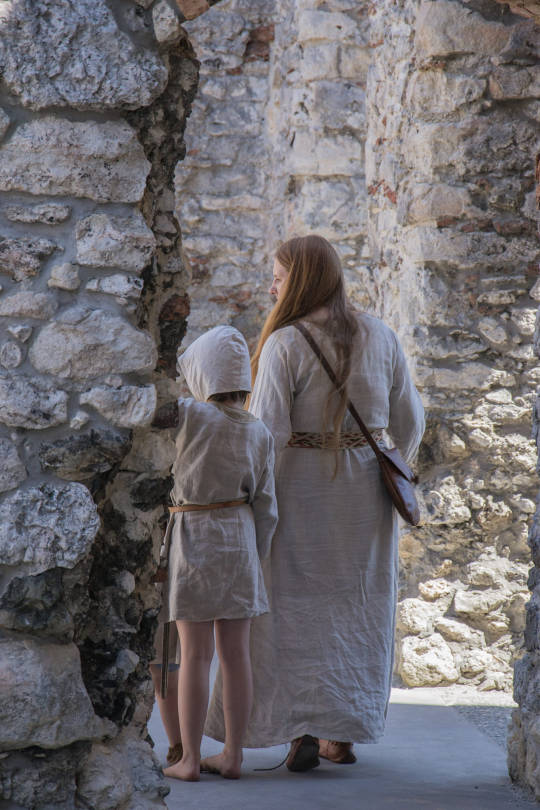
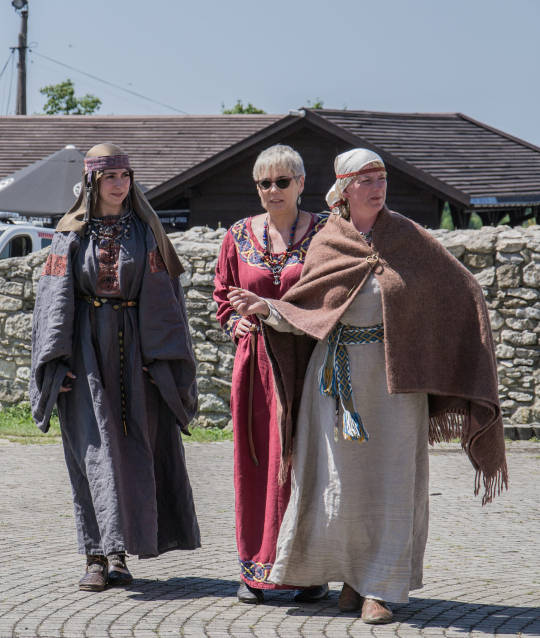
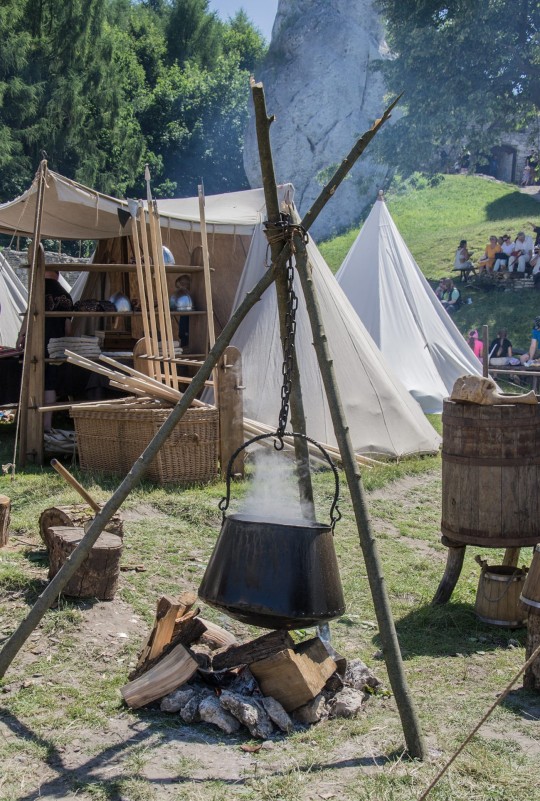



Ogrodzieniec Early Medieval Festival, Poland
© Aleksander Gabrysiak
#ogrodzieniec#castle#medieval festival#medieval#middle ages#poland#polska#polishcore#polish culture#europe#european culture#knights#early medieval#slavic#slavcore#western civilization#castle ruins#slavs#history#historical clothing#*
273 notes
·
View notes
Text



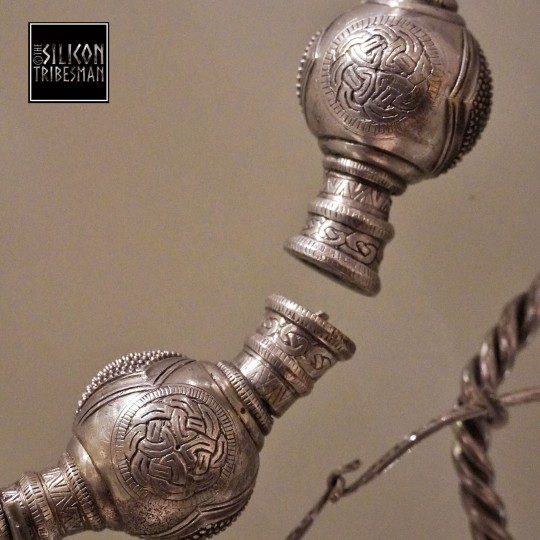

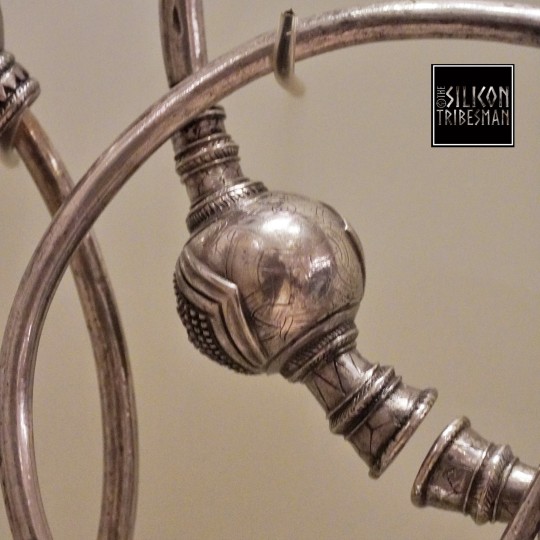

Detailing from Early Medieval Silver Decorated Pennanular Brooches, The National Museum of Scotland, Edinburgh
#silver#silver brooch#brooch#Pennanular Brooches#archaeology#relic#early medieval#wealth#status#Scotland#Edinburgh#artefact#jewellery#costume#ancient craft#ancient cultures#ancient living
113 notes
·
View notes
Text
Bookish Gawain.
I think Camelot would totally have a library - which explains the sheer number of books on that shelf.
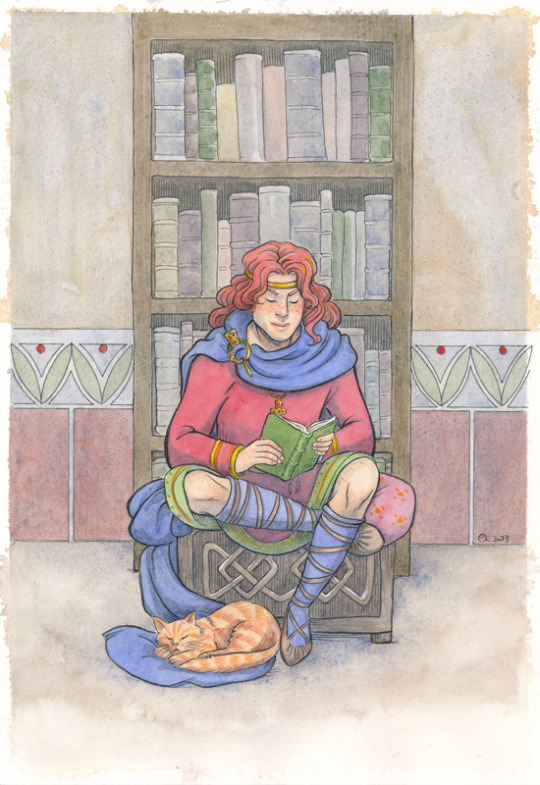
It's rare that I'm happy with my watercolours, but I think I pulled this one off rather well. The background could have been darker, I guess - that's always a difficult thing for me. I made it muted, that's something.
#sir gawain#sir gawaine#gawain#gawaine#arthurian legend#arthuriana#illustration#watercolour#watercolor#dark ages#early medieval#ginger#ginger cat
186 notes
·
View notes
Text
Irish dress history sources online:
A list of sources for Irish dress history research that free to access on the internet:
Primary and period sources:
Text Sources:
Corpus of Electronic Texts (CELT): a database of historical texts from or about Ireland. Most have both their original text and, where applicable, an English translation. Authors include: Francisco de Cuellar, Luke Gernon, John Dymmok, Thomas Gainsford, Fynes Moryson, Edmund Spenser, Laurent Vital, Tadhg Dall Ó hUiginn
Images:
The Edwin Rae Collection: A collection of photographs of Irish carvings dating 1300-1600 taken by art historian Edwin Rae in the mid-20th c. Includes tomb effigies and other figural art.
National Library of Ireland: Has a nice collection of 18th-20th c. Irish art and photographs. Search their catalog or browse their flickr.
Irish Script on Screen: A collection of scans of medieval Irish manuscripts, including The Book of Ballymote.
The Book of Kells: Scans of the whole thing.
The Image of Irelande, with a Discoverie of Woodkarne by John Derricke published 1581. A piece of anti-Irish propaganda that should be used with caution. Illustrations. Complete text.
Secondary sources:
Irish History from Contemporary Sources (1509-1610) by Constantia Maxwell published 1923. Contains a nice collection of primary source quotes, but it sometimes modernizes the 16th c. English in ways that are detrimental to the accuracy, like changing 'cote' to 'coat'. The original text for many of them can be found on CELT, archive.org, or google books.
An Historical Essay on the Dress of the Ancient and Modern Irish By Joseph Cooper Walker published 1788. Makes admirable use of primary sources, but because of Walker's assumption that Irish dress didn't change for the entirety of the Middle Ages, it is significantly flawed in a lot of its conclusions. Mostly only useful now for historiography. I discussed the images in this book here.
Chapter 18: Dress and Personal Adornment from A Smaller Social History of Ancient Ireland by P. W. Joyce published 1906. Suffers from similar problems to An Historical Essay on the Dress of the Ancient and Modern Irish.
Consumption and Material Culture in Sixteenth-Century Ireland Susan Flavin's 2011 doctoral thesis. A valuable source on the kinds of materials that were available in 16th c Ireland.
A Descriptive Catalogue of the Antiquities in the Museum of the Royal Irish Academy Volumes 1 and 2 by William Wilde, published 1863. Obviously outdated, and some of Wilde's conclusions are wrong, because archaeologists didn't know how to date things in the 19th century, but his descriptions of the individual artifacts are worthwhile. Frustratingly, this is still the best catalog available to the public for the National Museum of Ireland Archaeology. Idk why the NMI doesn't have an online catalog, a lot museums do nowadays.
Volume I: Articles of stone, earthen, vegetable and animal materials; and of copper and bronze
Volume 2: A Descriptive Catalogue of the Antiquities of Gold in the Museum of the Royal Irish Academy
A Horsehair Woven Band from County Antrim, Ireland: Clues to the
Past from a Later Bronze Age Masterwork by Elizabeth Wincott Heckett 1998
Jewellery, art and symbolism in Medieval Irish society by Mary Deevy in Art and Symbolism in Medieval Europe- Papers of the 'Medieval Europe Brugge 1997' Conference (page 77 of PDF)
Looking the part: dress and civic status and ethnicity in early-modern Ireland by Brid McGrath 2018
Irish Mantles, English Nationalism: Apparel and National Identity in Early Modern English and Irish Texts by John R Ziegler 2013
Dress and ornament in early medieval Ireland - exploring the evidence by Maureen Doyle 2014
Dress and accessories in the early Irish tale, ‘The Wooing of Becfhola’ by Niamh Whitfield 2006
A tenth century cloth from Bogstown Co. Meath by Elizabeth Wincott Heckett 2004
Tertiary Sources:
Medieval Ireland: An Encyclopedia edited by Sean Duffy published 2005
Re-Examining the Evidence: A Study of Medieval Irish Women's Dress from 750 to 900 CE by Alexandra McConnell
#resources#dress history#irish dress#irish history#early medieval#bronze age#textile history#late medieval#16th century#historical dress
79 notes
·
View notes
Text




Some details of my Vendel Period sword reconstruction I commissioned. Hilt is a reconstruction from Vendel grave 1, blade a reconstruction from a Finnish blade from Vehmaa.
Instagram: @woedans / Woedans
118 notes
·
View notes
Text
75 notes
·
View notes
Text
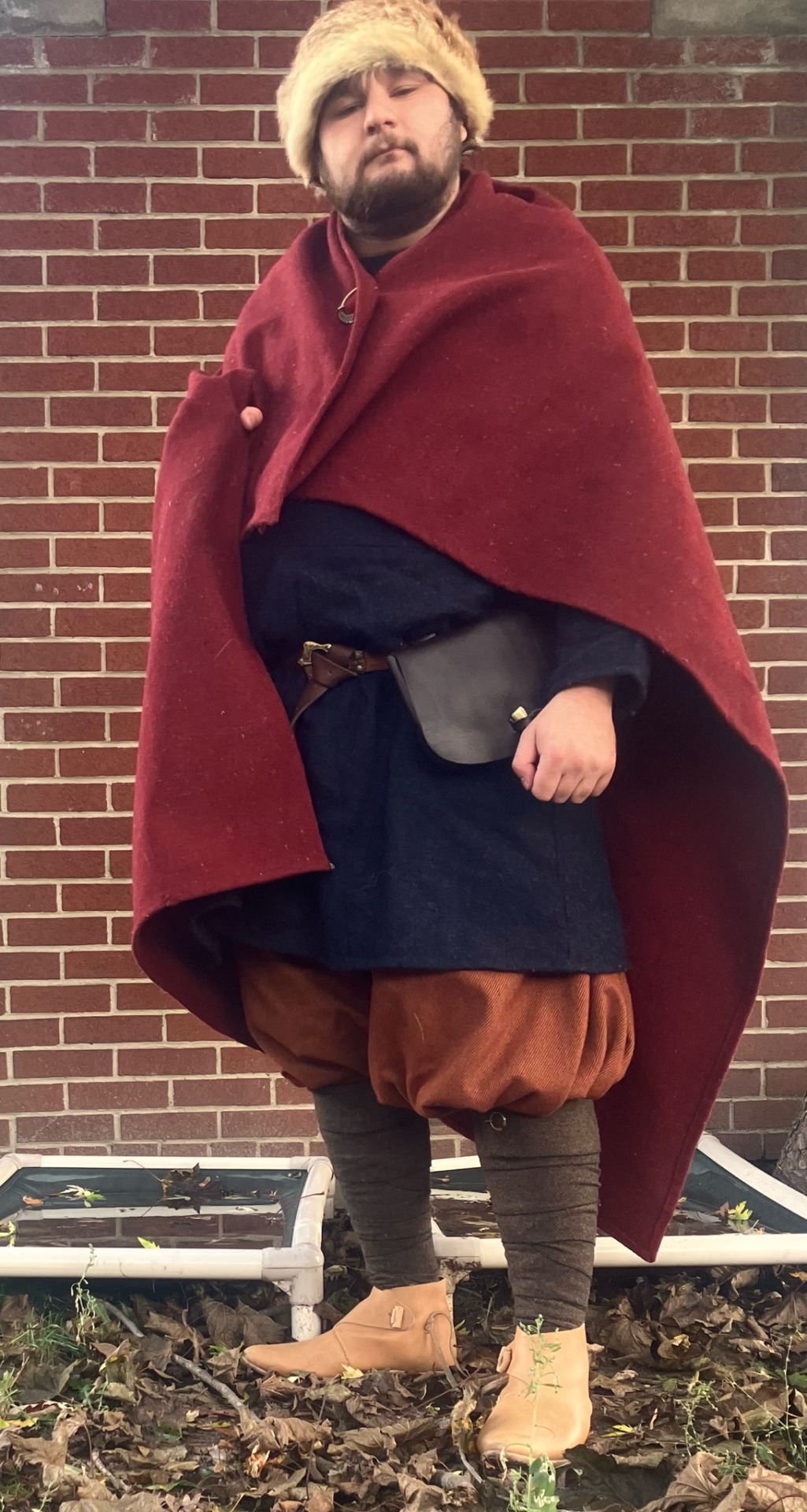
Updated my kit, decided to take this pic on Leif Erikson Day, and forgot to upload it lol. Really proud of this
#viking#anthropology#viking age#Norse#historic fashion#reenacting#clothes#historic drip#medieval#early medieval#medieval clothing
24 notes
·
View notes
Photo

A Lance with a preserved haft recovered from a grave in Trossingen, Germany,
OaL: 11 ft 9.3 in/359 cm
Head Length: 24.8 in/63 cm
ca. AD 580, housed at the Archaeologisches Landesmuseum Baden-Württemberg.
#weapons#polearm#spear#lance#europe#european#germany#german#trossingen#early medieval#archaeologisches landesmuseum baden-wurttemberg#art#history
364 notes
·
View notes
Text

Incomplete silver penny bearing the crowned bust of Edmund I, King of the English (r. 939-946). Minted at an unknown location by one Ealmode; found in Norfolk. Photo credit: Suffolk County Council/Portable Antiquities Scheme.
#art#art history#Middle Ages#medieval#medieval art#early medieval#Anglo-Saxon#Anglo-Saxon art#English art#Edmund I#coins#numismatics#penny#metalwork#silverwork
125 notes
·
View notes
Text
This might be useful for like, five other people interested in sub-Roman Britain: Been doing some quality nerd shit lately, using archaeological data to map out a rough landscape the time period a story I'm working on is set, in the 440s:





Source is Sub-Roman Britain 400-600 AD: A gazetteer of sites by Christopher A. Snyder, plus one added by me (Anderitum). Basically I summarised his entries for each of the sites and added them as annotations to his maps, but this is not a full substitute for reading it
Note that this is for Romano-British sites, noting evidence for presence of "Saxon" (a generalisation) and Irish newcomers in those, but doesn't include new settlements created by those peoples in this period
15 notes
·
View notes
Text

The Bell Shrine of Conall Cael (or Bell Shrine of Bernán Chonaill) is an early 12th century bell shrine found on Inishkeel island in County Donegal, Ireland. It was built to contain a 6th century bell associated with Conall Cael, a relatively obscure early Irish saint associated with Coolaun church, near Cashel in County Tipperary, and was probably created by a secular commissioner to give prestige to the locality.
The shrine was refurbished and added to in the 15th century. It entered the collection of the British Museum in 1889.
19 notes
·
View notes
Text



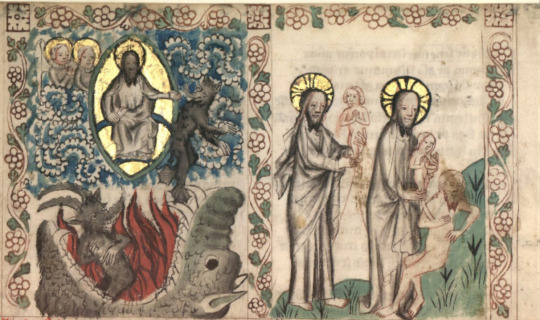
Details of an illuminated manuscript
#art history#art#history#animals#european art#medieval#christian art#catholic art#catholiscism#14th century#middle ages#dark ages#early medieval#illuminated manuscript#manuscript#details#satan
23 notes
·
View notes
Photo





The reconstruction of the Early Medieval Viking settlement of Jorvik, specifically around the area of Coppergate.
Set 3 of 4
45 notes
·
View notes
Text
Two of my living history kits, or two versions of one kit, finally coming together. This is my high status kit focusing on Kievan Rus in the later 10th to early 11th century. The territory of Kievan Rus encompassed the areas of modern day Ukraine, Belarus and western Russia; and the society was culturally a mix of Slavic and eastern Scandinavian peoples with notable Byzantine influences on the upper social strata.
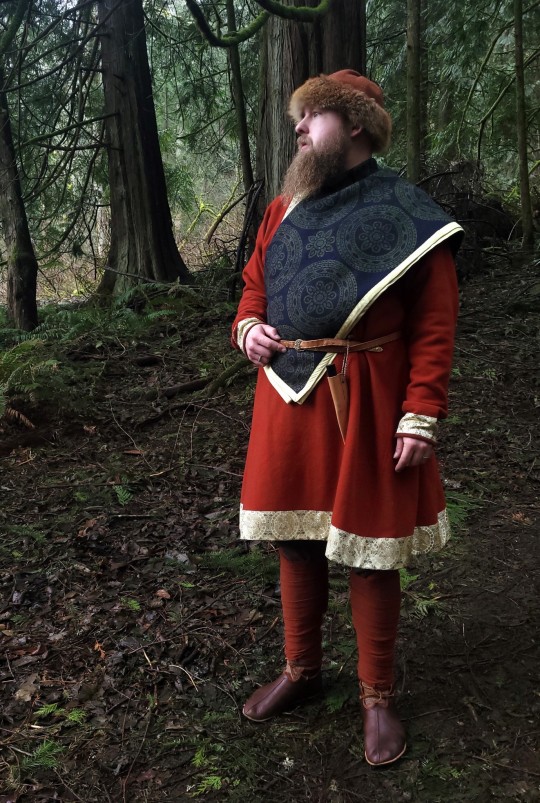



(The fourth photo featuring my impression of one of the carved faces on the Oseberg cart) 😅
#rus#kievan rus#viking#early medieval#medieval#living history#reenactment#chernihiv#gnezdovo#kyivan rus
63 notes
·
View notes